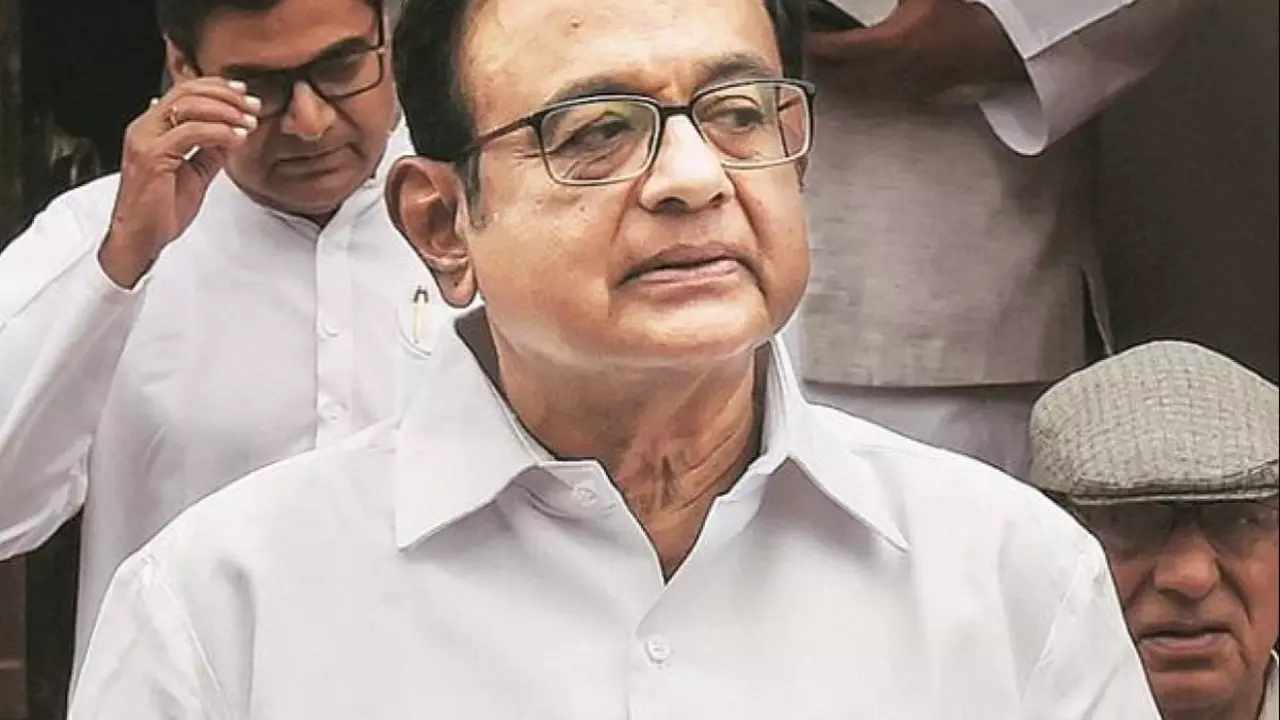Media Corruption: How Hidden Bias Shapes What You Read
Ever wondered why some news stories vanish from the internet while others flood your feed? It’s not magic—it’s media corruption. When owners, politicians, or advertisers push their agenda, the truth gets twisted or buried. This tag page pulls together real examples so you can see the pattern and protect yourself from misinformation.
Why Stories Disappear
Take the case of The Bengal Files review. A well‑known portal published a review, but a quick Google search shows nothing. Researchers found that the article was taken down shortly after publication, likely because powerful interests didn’t want the film’s political commentary to spread. When a story disappears, it’s a red flag that someone may be silencing dissent.
Another example is the ownership of big newspapers. The Times of India is controlled by the Sahu Jain family through the Times Group. Their massive reach means they can influence public opinion on everything from elections to corporate scandals. When a single family owns a major outlet, the line between reporting and promotion can blur, turning news into a marketing tool.
How to Spot Corruption in the Media
First, check who owns the outlet. A quick search can reveal if a channel is part of a larger conglomerate. If the owner has political ties, be extra cautious about stories that favor that side. Second, look for missing coverage. If a story appears on one site but is absent elsewhere, ask why. Often, the missing piece tells you more than the article itself.
Third, compare the tone across multiple sources. If one site uses sensational language while others stay neutral, the aggressive outlet may be pushing an agenda. Finally, use fact‑checking tools. Websites that log changes to articles or archive deleted pages can show you what was edited or removed.
Understanding media corruption isn’t about being paranoid; it’s about staying informed. The more you know about who controls the stories you read, the better you can spot bias and make decisions based on real facts.
So next time you scroll through headlines, ask yourself: Who benefits from this story? Is the coverage balanced, or does it push a hidden narrative? By keeping these questions in mind, you’ll turn the tables on media corruption and keep your news feed honest.
